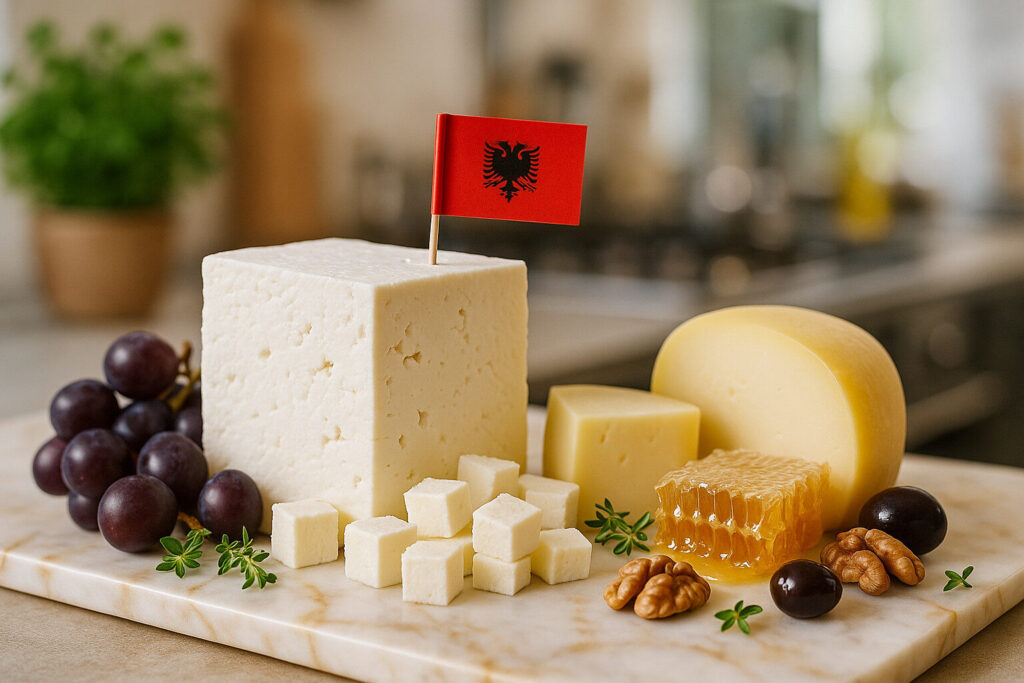Wooden Mold Cheese
Definition and Scope
Wooden molds are traditional tools used in cheesemaking to shape and drain curds. They define the final form of many artisanal cheeses, such as Camembert and Valençay. These molds impart structural integrity during the initial stages of production.
The scope of wooden molds extends across numerous cheese varieties, particularly bloomy-rind and some washed-rind types. They are essential for achieving characteristic shapes like discs, pyramids, and cylinders. Their porous nature aids in moisture regulation and microbial development.
Production Role
During production, cheesemakers fill wooden molds with drained curds to form the cheese’s basic structure. The molds support even drainage of whey while maintaining the desired shape. This step is critical before the salting and aging processes begin.
Wooden molds require regular maintenance to prevent contamination and ensure consistency. They are typically made from untreated hardwoods like beech or spruce. Their natural porosity allows for beneficial airflow that influences rind formation.
Sensory Influence
Wooden molds contribute to the development of complex flavor profiles in aged cheeses. They harbor native microflora that inoculate the cheese surface during formation. This microbial transfer can create unique terroir-driven characteristics.
The texture of wooden-molded cheeses often features distinctive rind patterns and consistent density. Moisture evaporation through the wood creates ideal conditions for proper rind development. These factors collectively enhance the cheese’s overall sensory complexity.
Traditional Applications
Wooden molds are predominantly used in traditional European cheesemaking techniques. They are fundamental to Protected Designation of Origin (PDO) cheeses like Brie de Meaux. Their use preserves historical methods and regional authenticity.
Modern applications sometimes substitute plastic molds, but wooden versions remain preferred for artisanal production. The choice of mold material significantly impacts the cheese’s maturation process. Many premium producers maintain wooden mold usage for quality preservation.
Regional Examples
French cheesemaking extensively employs wooden molds for iconic varieties like Camembert de Normandie. These circular molds create the characteristic flat cylindrical shape. The wood interacts with Penicillium candidum to develop the classic bloomy rind.
Other regions utilizing wooden molds include Italy for Taleggio and Spain for Cabrales. Each region’s specific mold dimensions and wood types contribute to local cheese identities. These traditional implements remain vital to geographical indication protections.


